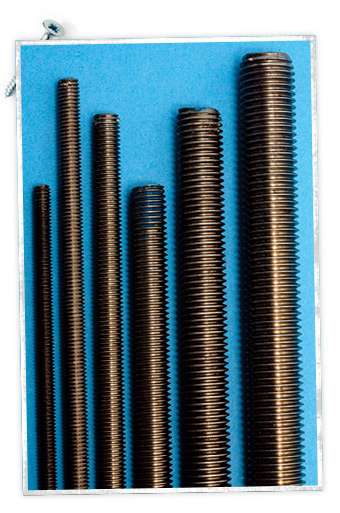chrispbass
Well-known member
Hi everyone,
I'm trying to help a friend with his monitoring situation. He mainly writes for library in a small home studio (approx 2m x 2.5m) and has yamaha HS50's and KRKV6 monitors. His main problem is generally lack of low end definition and not really a good sense of stereo, i.e sound placement. I know that the Yammys don't have a great range in the low end and prob need propping up with a sub, but I'm kind of thinking that things could be improved drastically with some decent solid spkr stands.
I was thinking of building some using 18mm mdf to make a box section and then filling with sand and wondered if this would work, or would heavy steel be better? Also regarding the bases, is spiked feet the way to go or just ensuring a good contact/stability with the floor enough? Obviously don't want them rocking about, loosing energy etc. Would good spiked screws or do i need something a bit more esoteric (apart from dousing his system in C37 ;D)?
Any thoughts appreciated
Chris
I'm trying to help a friend with his monitoring situation. He mainly writes for library in a small home studio (approx 2m x 2.5m) and has yamaha HS50's and KRKV6 monitors. His main problem is generally lack of low end definition and not really a good sense of stereo, i.e sound placement. I know that the Yammys don't have a great range in the low end and prob need propping up with a sub, but I'm kind of thinking that things could be improved drastically with some decent solid spkr stands.
I was thinking of building some using 18mm mdf to make a box section and then filling with sand and wondered if this would work, or would heavy steel be better? Also regarding the bases, is spiked feet the way to go or just ensuring a good contact/stability with the floor enough? Obviously don't want them rocking about, loosing energy etc. Would good spiked screws or do i need something a bit more esoteric (apart from dousing his system in C37 ;D)?
Any thoughts appreciated
Chris



